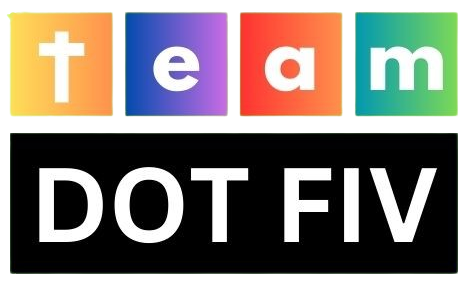For homeowners, leveraging the equity built up in their homes can provide access to funds for various purposes, from home renovations to debt consolidation. Home equity loans and home equity lines of credit (HELOCs) are two common options for tapping into home equity, each with its own unique features and benefits. In this blog post, we’ll explore the differences between home equity loans and HELOCs to help you determine which option is best suited for your financial needs.
1. What Are Home Equity Loans and HELOCs?
- Home Equity Loan: A home equity loan, also known as a second mortgage, allows homeowners to borrow a lump sum of money using their home’s equity as collateral. The loan is typically repaid over a fixed term with a fixed interest rate.
- Home Equity Line of Credit (HELOC): A HELOC is a revolving line of credit that allows homeowners to borrow against their home’s equity as needed, similar to a credit card. With a HELOC, homeowners can access funds up to a predetermined credit limit and only pay interest on the amount borrowed.
2. Key Differences
- Loan Structure: A home equity loan provides a lump sum of money upfront, while a HELOC offers a revolving line of credit that allows homeowners to borrow funds as needed up to the credit limit.
- Interest Rates: Home equity loans typically have fixed interest rates, meaning the interest rate remains constant throughout the loan term. HELOCs often have variable interest rates, which can fluctuate based on market conditions.
- Repayment Terms: Home equity loans have fixed repayment terms, with monthly payments consisting of principal and interest. HELOCs have a draw period during which homeowners can borrow funds, followed by a repayment period during which they must repay the borrowed amount plus interest.
3. Pros and Cons
- Home Equity Loan Pros:
- Predictable monthly payments with a fixed interest rate.
- Ideal for one-time expenses such as home renovations or debt consolidation.
- Provides a lump sum of money upfront.
- Home Equity Loan Cons:
- May have higher interest rates compared to HELOCs.
- Borrowers may be tempted to borrow more than needed since they receive the entire loan amount upfront.
- HELOC Pros:
- Flexibility to borrow funds as needed, up to the credit limit.
- Borrowers only pay interest on the amount borrowed.
- Can be used for ongoing expenses or emergencies.
- HELOC Cons:
- Variable interest rates can lead to fluctuating monthly payments.
- Potential for overspending and accruing more debt than intended.
- Interest rates may be higher than those for home equity loans during periods of economic instability.
4. Choosing the Right Option
When deciding between a home equity loan and a HELOC, consider factors such as your financial goals, borrowing needs, and risk tolerance. If you require funds for a specific expense and prefer predictable monthly payments, a home equity loan may be the better option. On the other hand, if you need flexibility and prefer to borrow funds as needed, a HELOC may be more suitable.
5. Responsible Use of Home Equity
Regardless of which option you choose, it’s essential to use home equity responsibly and avoid borrowing more than you can afford to repay. Before tapping into your home’s equity, carefully assess your financial situation, budget for the loan payments, and consider the potential long-term implications of borrowing against your home.




